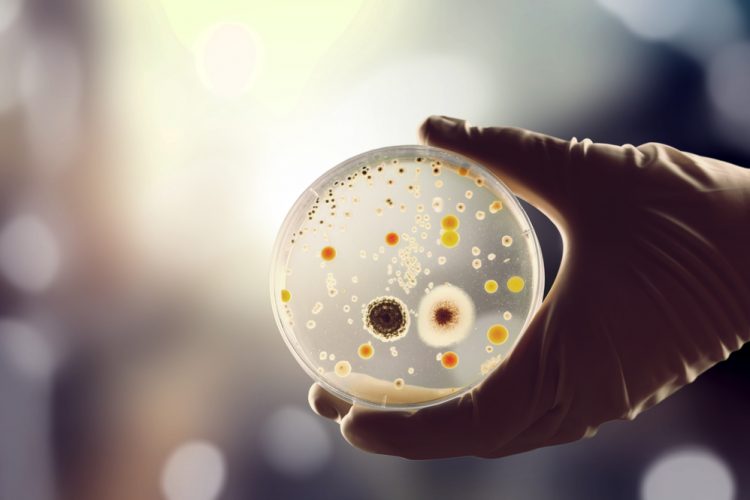Why is there no standard MALDI-TOF MS procedure for bacterial identification?
Here, EPR summarises a review outlining how different sample preparation protocols, culture media and conditions affect MALDI-TOF MS identification of bacteria.
Matrix-assisted laser desorption/ionization time-of-flight mass spectrometry (MALDI-TOF MS) is a key microbiological method that allows the high throughput, sensitive and specific identification of bacteria to the genus, species and strain-level.
Yet despite attempts to develop one, a single optimal standardised protocol for sample preparation and culture conditions to profile bacteria using MALDI-TOF MS does not exist, producing variability in the reproducibility and accuracy of results.
According to a new review, such a protocol is an implausibility, because the MALDI-TOF MS identification score is affected by a range of variables from sample preparation to incubation time and temperature, to culture media and conditions.
In their review published in Mass Spectrometry Reviews, Popović et al. explained how different sample preparation protocols, culture media and conditions affect the identification score and discuss potential ways to optimise the technique.
The authors explained that the accuracy and specificity of MALDI-TOF MS identification is dependent on the bacterial species analysed. MALDI-TOF MS works best on pure cultures of bacteria, yet environmental samples (such as those collected during environmental monitoring), contain a mixture or biofilm of bacteria, and isolating and cultivating pure cultures from these mixtures presents a challenge. As such, there has been a focus on developing MALDI-TOF MS procedures for identification of bacterial mixtures without pure culture isolations. They wrote that using a membrane glycolipid-based approach, as well as immunological and lectin-based approaches, may allow for the identification of bacteria in polymicrobial mixtures.
There are three different preparation methods for MALDI-TOF MS: direct sample spotting, on-target extraction and full extraction, according to Popović et al. They stated that while direct sample spotting is the simplest, it usually gives lower identification rates, and the choice of matrix can have a dramatic effect on detection. For most environmental strains, direct sample spotting had no significant differences in terms of identification and quality of the mass spectra, they said, but for anaerobic bacteria it is “inferior to the other techniques”. On-target extraction is used to promote cell wall disruption, overcoming one of the limitations of direct sample spotting; differences in the cell wall structure between Gram-positive and -negative bacteria result in lower identification scores for Gram-positive bacteria. The full extraction procedure, according to the authors, is best for identification of pathogenic bacteria without spore formation.
The authors described how, depending on the media, the fingerprints of a specific bacterial strain can be altered. For instance, cultures grown on solid media are typically more heterogeneous than those in liquid media, which can reduce complexity and improve control over the samples. Yet bacterial cultures from liquid media enhance data richness and can improve spectrum quality when cultures are pure and protein extraction used.
Since a large proportion of cellular proteins in bacteria are ribosomal proteins, a subset of these should remain stable as markers for MALDI-TOF MS identification, regardless of culture conditions. As such, the authors concluded that bacterial mass spectra cultivated on solid or liquid media can generally be compared with each other and that the impact of the medium type on identification score might be species-specific. They added that this needs further investigation before protocols can be optimised for MALDI-TOF MS identification of bacteria.
For a more in-depth exploration of the effects of these and other factors, such as incubation time and the impact of high salt concentrations, on the identification of bacteria using MALDI-TOF MS, please read Popović et al.’s paper.










